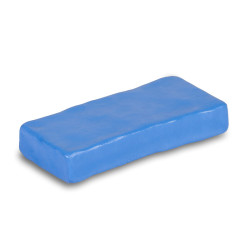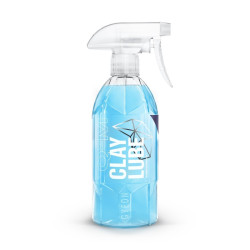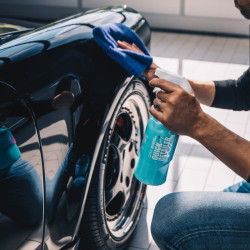Clay & Rinse free
Conceived in Japan, used by millions, and a staple in every detailer's toolkit. Cleaning clay gently removes impurities like insect residues, rust, or tree sap from paint and ….
…. glass, always in combination with a lubricant (Clay Lube). The big advantage is that stubborn contaminants, where chemical cleaners no longer help or brushes and sponges harm the paint too much, are removed gently.
The included surfactants create a lubricating film that allows the clay to glide over the surface in the desired shape, picking up persistent, embedded dirt that conventional cleaning chemistry cannot remove. Typical areas of application are the car's front and windows.
After a thorough wash, the lubricant is sprayed onto the wet vehicle. The cleaning clay is then used on the surface. Finally, rinse with car shampoo and dry. Fine scratches that may remain from this process can be removed with fine abrasive paste.
On the other hand, dry washing is a similar application but without the use of clay. By spraying dry wash, light impurities are loosened and picked up with soft microfiber towels.
Our recommendation:
- ProfiPolish Clay Bar mild cleaning clay, the original "Made in Japan."
- GYEON Q²M ClayLube as a lubricant.
- The most popular dry wash is Meguiar's Waterless Wash & Wax.
- Essential: ProfiPolish Allround Soft, very soft towels with a long pile.


